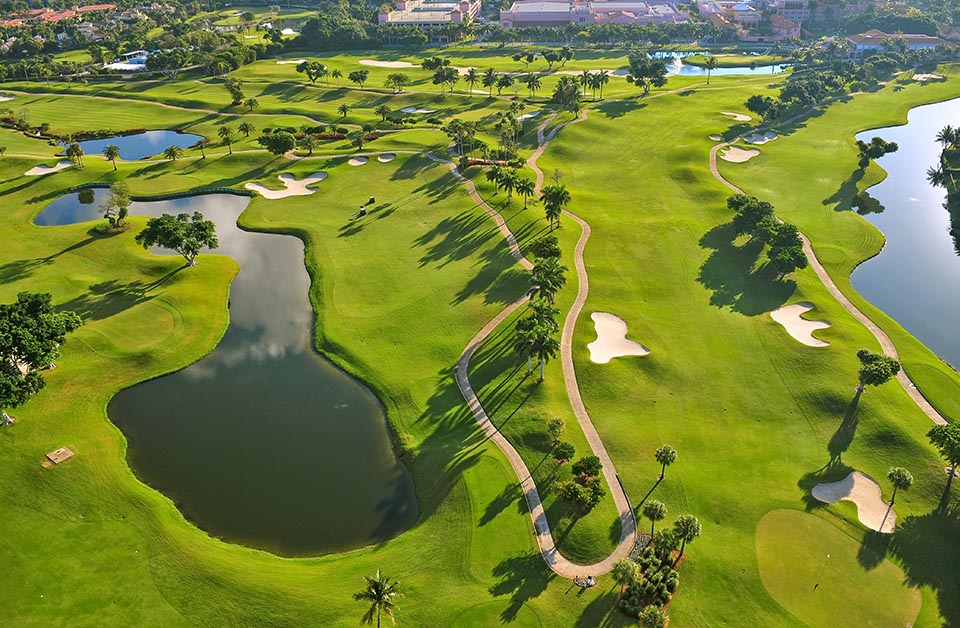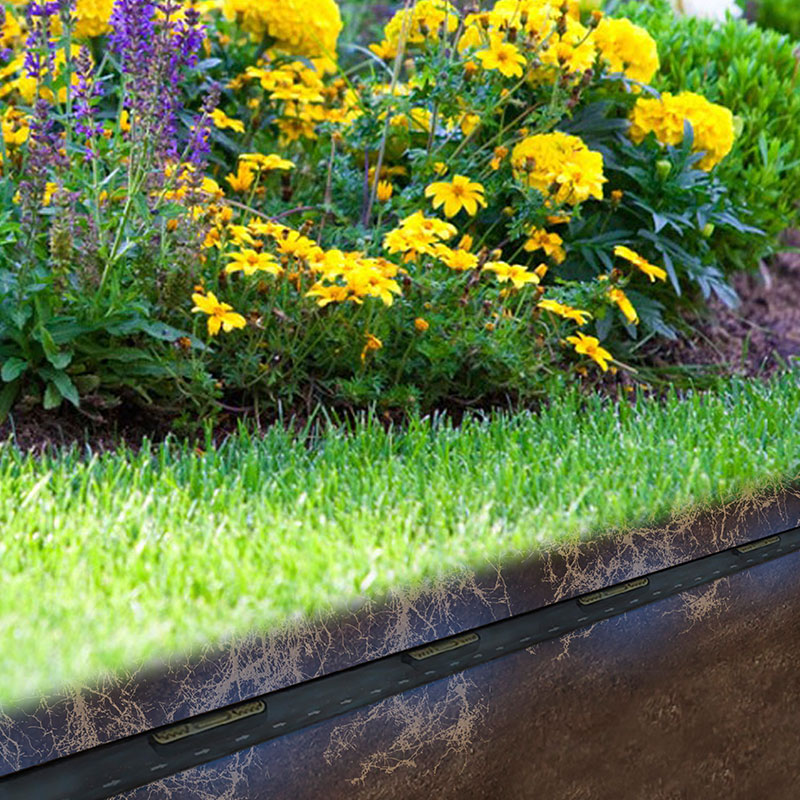

It is estimated that by the year 2050, approximately 6.3 billion people will be living in cities. The trend of population growth in urban areas and the effects of climate change have increased the need to improve the quality of life and the naturalisation of cities, along with the optimisation of resources.

We are strongly committed to promoting the integration of smart systems in the city, because they improve the quality of life of citizens and the knowledge of the elements that make up the city, optimise the use of resources and reduce administrative costs. Technology is at the service of city managers and citizens, and we are already in the new wave of Smart Cities.
This is another milestone that administrations have been imposing over the last few years due to the benefits it produces in the city as an ecosystem and in people’s quality of life. The integration of green infrastructure in urban planning is a condition for all new development projects and a major improvement in urbanised spaces that are sealed off by hard built surfaces, creating oases of eco wellbeing. But green also attracts tourism, increases the value of the city, contributes to cultural and social values as well as economic wealth.
The sustainability of the urban ecosystem is based on the reduction of resource consumption and the minimisation of waste, tending towards a circular urban economy, which leads to the so-called Green or Sustainable Cities. The less resources (water, energy) we use, the less waste we produce, and the more social and economic equality we achieve, the more sustainable our cities will be.

We encourage:
Cities to become more sustainable, through sustainable landscaping that uses fewer resources, generates less waste or reuses it.
The integration of green infrastructure for the improvement of urban planning in cities. Green areas mitigate climate change because they have the capacity to store and sequester carbon, thereby reducing atmospheric CO2, the precursor of global warming. Another relevant capacity of landscaped areas is their ability to regulate the temperature, or reduce the heat island effect, resulting in energy savings in nearby buildings.
Efficient use of irrigation water. The future of gardening and landscaping depends on the efficient use of water and its sustainable integration with the system.
Gardening of the Future. The buildings of the future incorporate landscaping as an inseparable part of their construction. The integration of green management solutions, such as highly efficient irrigation systems, are the goals for making buildings more sustainable. The implementation of these solutions allows high efficiency standards to be reached that contribute towards achieving BREEAM, LEED, etc. certifications
We provide innovative solutions to improve the sustainability of urban green areas through subsurface drip irrigation systems that:
Reduce water consumption by more than 50%.
Develop stronger roots.
Improve plant uniformity.
Reduce water accumulation, percolation and runoff losses.
Minimise the effects of soil salinity.
Reduce weed growth between plants.
Reduce maintenance costs.
Prevent damage from wildlife and vandalism.
Improve garden aesthetics.
Discourage root intrusion, without chemicals.
